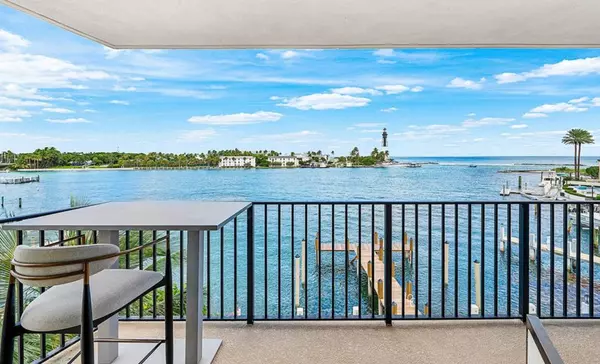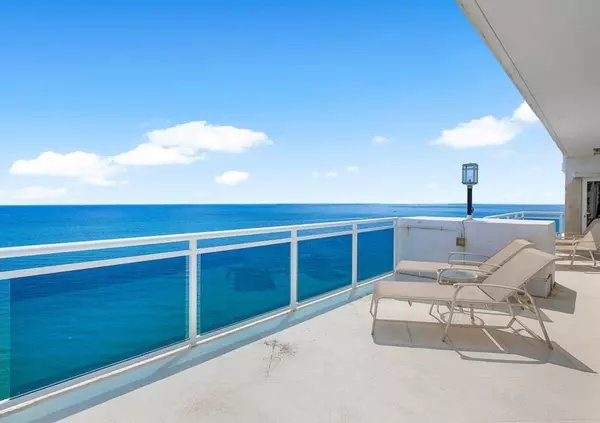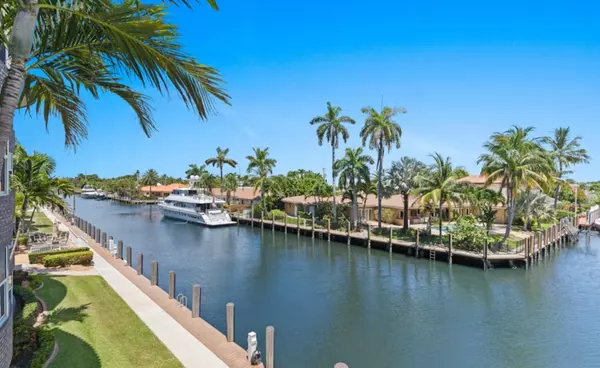Top 10 steps to understanding a 1031 exchange for luxury real estate investments

Understanding a 1031 exchange for luxury real estate investments involves several steps, as it's a complex process governed by strict IRS rules.
Here are 10 steps to help guide you:
1. Understand the Basics of a 1031 Exchange
A 1031 exchange, or like-kind exchange, allows real estate investors to defer capital gains taxes when they sell an investment property and reinvest the proceeds in a similar property.
2. Review IRS Requirements for a Like-Kind Exchange
The IRS requires that the properties in the exchange be "like-kind," meaning they must be of the same nature or character. For real estate, this is broadly interpreted, so most investment properties qualify.
3. Ensure Eligibility of the Property
To qualify for a 1031 exchange, the property must be held for investment or business purposes, not for personal use. Luxury real estate used as vacation rentals, for instance, may qualify if rented out enough to meet IRS standards.
4. Engage a Qualified Intermediary (QI)
The IRS requires a neutral third party, or QI, to hold the sales proceeds and handle the transaction. You cannot touch the proceeds directly, or the exchange will be disqualified.
5. Identify Replacement Property within 45 Days
After selling the original property, you must identify potential replacement properties within 45 days. The IRS allows you to identify up to three properties, regardless of value.
6. Adhere to the 180-Day Rule
You must close on the replacement property within 180 days of selling the original property. This 180-day period includes the 45-day identification period.
7. Understand Boot and Avoid Taxable Events
If you don’t reinvest all of the sales proceeds into the new property, the leftover cash or “boot” is taxable. Ensure the replacement property’s purchase price and loan balance are equal to or greater than the relinquished property to avoid tax liabilities.
8. Calculate and Plan for Fees and Transaction Costs
Be aware of costs associated with the 1031 exchange, including intermediary fees, title, escrow, and closing costs, which may affect your calculations and final reinvestment.
9. Report the 1031 Exchange on Your Tax Return
The IRS requires you to report the exchange on Form 8824. This form details the transaction and ensures you meet all requirements for tax deferral.
10. Consult a Tax and Real Estate Professional
1031 exchanges are complex and have significant tax implications. Consulting professionals can help ensure compliance, optimize your investment strategy, and guide you through any specific luxury market nuances.
These steps can help ensure a smooth 1031 exchange process and maximize your investment’s potential benefits.
Contact me at 617-784-7504 if you would like to explore luxury waterfront investments in Fort Lauderdale. The waterfront home pictured above has an open house on Saturday - would love to show you why this is such an amazing waterfront investment just a short walk from Las Olas Boulevard and Fort Lauderdale Beach.
Categories
Recent Posts

Best Homes under $900k in Fort Lauderdale and Pompano Beach

Airbnb Beach Condos - Fort Lauderdale and Pompano Beach

Best Intracoastal waterfront condos

Best waterfront condos with boat slip under $2 Million

Best oceanfront condos in Fort Lauderdale under $1.5 Million

Best Waterfront Condos under $1 Million in Fort Lauderdale

Best waterfront homes in Fort Lauderdale and Pompano Beach for $1 Million

Fort Lauderdale - New Restaurants in 2025

Best waterfront condos in Fort Lauderdale under $2 Million

Best Fort Lauderdale waterfront condos under $500k

